Double Kitchen Sink Plumbing Diagram: A Visual Guide
A double kitchen sink is an excellent addition to any kitchen. It offers more space for washing, soaking, and rinsing, and two basins allow you to easily separate tasks, making kitchen work faster and more efficient.
There are a few standard plumbing configurations. One setup uses two drain pipes, each for a separate sink. Another option connects both sinks to a single pipe with a shared trap. Both have benefits, such as saving space or simplifying installation.
Understanding plumbing diagrams is crucial for homeowners and DIY enthusiasts. It helps you see how pipes, traps, and vents work together. A clear diagram will guide you in efficiently fixing problems or planning your sink installation.
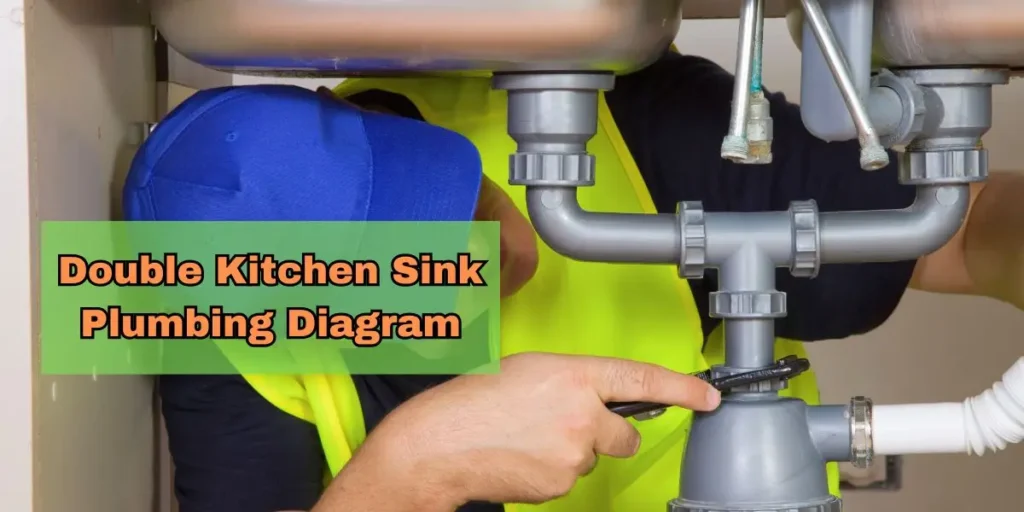
Understanding Double Kitchen Sink Plumbing
What is a Double Kitchen Sink?
A double kitchen sink features two separate basins, making washing dishes, soaking items, or performing other tasks simultaneously easier. This type of sink is prevalent in larger kitchens, where efficiency and versatility are essential. You can use one side for washing and the other for rinsing, which speeds up the process.
How Double Kitchen Sink Plumbing Differs from Single Sinks
Double kitchen sinks have a more complex plumbing setup than single sinks. Each side typically has its drain, which needs to connect to a shared drain line. This setup requires extra piping, traps, and sometimes venting to ensure smooth water flow and proper drainage. With a single sink, only one drain and fewer pipes are involved.
Related to: Apartment Kitchen Sink Backup
Can You Replace a Kitchen Sink Without Replacing the Countertop
Importance of Proper Plumbing for a Double Sink
Proper plumbing is essential for a double kitchen sink to function well. Without the correct setup, you might face issues like slow drainage, leaks, or foul odors. If the plumbing isn’t done right, both sink drains could get clogged easily, and water pressure might not be even between the two basins. Proper installation ensures that both sinks drain efficiently and water flows smoothly, preventing future plumbing headaches.
Components of Double Kitchen Sink Plumbing
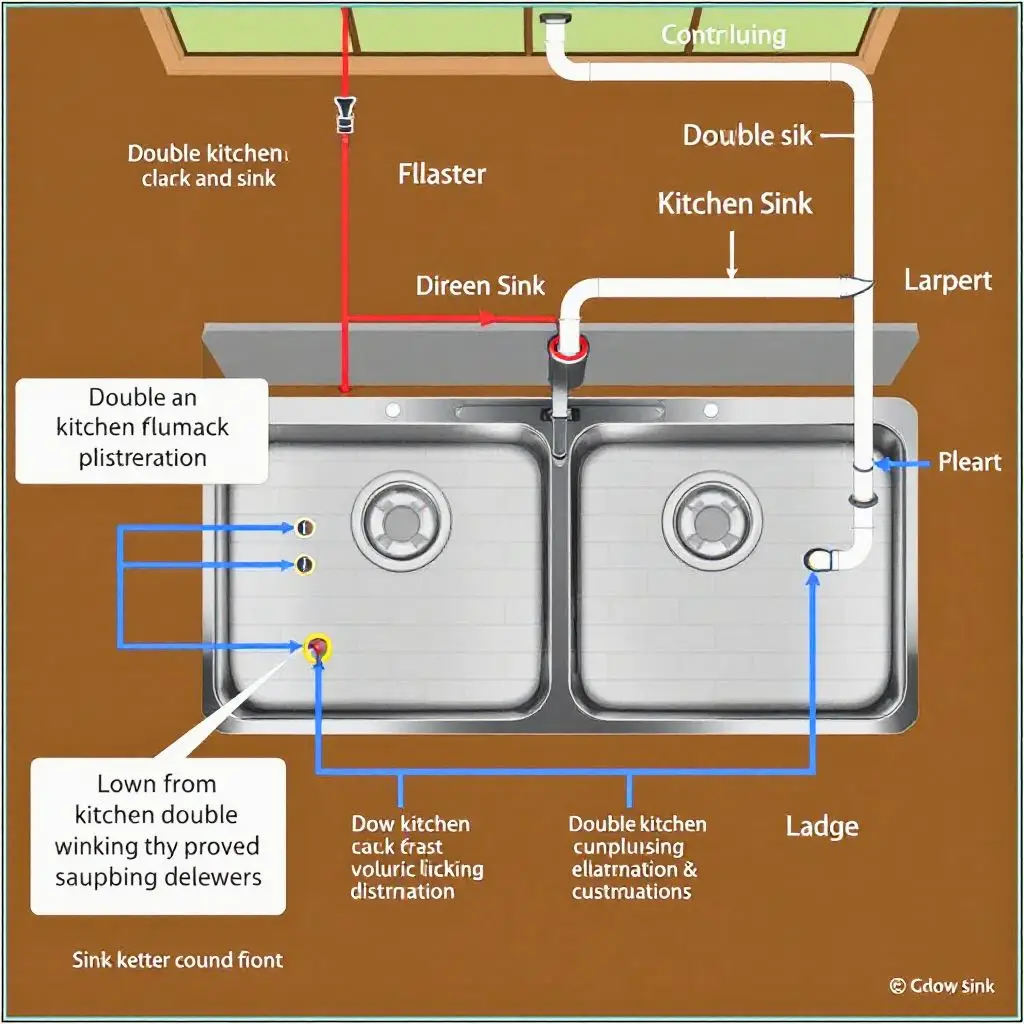
Overview of Plumbing Components
Several key parts of double kitchen sink plumbing work together to ensure everything flows smoothly. These parts include the sink basins, pipes, traps, and valves. Each plays a vital role in managing water and waste in your kitchen.
Sink Basins and How They Work
The sink basins are the heart of the kitchen sink. They are the containers where you wash dishes, prepare food, or soak items. In a double sink setup, you have two basins, which help with multitasking—one for washing and the other for rinsing or soaking. The water enters the faucets, and wastewater is directed through the drain pipes.
Key Plumbing Parts: Pipes, Traps, Valves
- Pipes: Pipes are the pathways that carry water to and from your sink. They connect the sink to the drain and take wastewater to the main sewer. Depending on your setup, the pipes can be made of different materials, like PVC or metal.
- Traps: A trap is a U-shaped pipe beneath the sink. It holds a small amount of water, preventing foul odors from coming through the drain. The P-trap is the most common type of trap, which is highly effective at stopping these smells.
- Valves: Valves control the flow of water into your sink. They allow you to turn the water on and off. There are also shut-off valves under the sink that help control water flow in case of a leak or maintenance.
Detailed Breakdown of Plumbing Components
Understanding the plumbing components is essential when installing a double kitchen sink. Let’s examine each part’s role in making the sink work smoothly.
Drain Pipes
The function of Drain Pipes in Double Sinks
Drain pipes carry wastewater away from your sink to the sewer or septic system. These pipes are crucial for efficient water drainage in a double-sink setup. They ensure that water from both sinks flows properly without backing up.
Materials Used for Drain Pipes
Most drain pipes are made from PVC, ABS, or copper. PVC is popular because it’s lightweight, durable, and corrosion-resistant. ABS is also a good option, especially for its strength and ease of installation. Copper, though more expensive, is still used in some homes for its durability and reliability.
Choosing the Right Size for Drain Pipes
The size of your drain pipe is crucial for good water flow. For a double sink, you typically use 1.5-inch to 2-inch diameter pipes. A pipe that is too small can cause slow drainage and clogs, while a pipe that is too large may not offer the necessary water velocity for proper drainage.
Trap
Role of the Trap in Preventing Odors
The trap is a vital part of your plumbing system. It holds water in its curved shape, which prevents sewer gases from entering your kitchen. Without a trap, your kitchen would smell like the sewer.
Types of Traps (P-Trap vs. S-Trap)
The most common traps are P-traps and S-traps. P-traps, shaped like the letter “P,” are often used for double kitchen sinks. They are efficient and easy to maintain. Although less common, S-traps are sometimes used. However, they are less reliable and prone to siphoning, which can cause issues with odors.
Correct Sizing and Placement of the Trap
The trap must be the right size to prevent water loss and odors. It should be placed directly under the sink and at the right height for proper drainage.
Vent System
How a Vent System Works
A vent system in your plumbing allows air to enter the pipes, helping water flow smoothly. Without a vent, the pressure in your pipes can cause slow drainage or gurgling sounds.
Importance of Proper Venting in a Double Sink Setup
Venting is crucial in a double sink setup to avoid drainage issues. Proper venting helps the water flow freely, reduces blockages, and prevents vacuum pressure that can slow down drainage.
Types of Venting Systems: Air Admittance Valves (AAVs) vs. Traditional Vents
Traditional venting uses pipes that lead outside your house, allowing air to enter. A newer, more compact option is air admittance valves (AAVs). They allow air but prevent sewer gases from escaping, making them ideal for tight spaces.
Water Supply Lines
Materials for Water Supply Lines
Water supply lines are usually made from PEX, copper, or CPVC. PEX is flexible, easy to install, and less prone to corrosion. Copper is long-lasting, but it can be expensive, while CPVC is a cost-effective option.
How Water Supply Lines Are Connected to Each Sink
Each sink has a dedicated supply line, usually with a shutoff valve. These lines carry water to the faucets. Both lines should be connected properly in a double sink to ensure equal water pressure and flow.
Water Pressure Considerations for Double Sinks
Good water pressure is key for double sinks. Ensure that both sinks receive equal pressure to prevent one sink from having weak water flow. You might need to adjust or upgrade the water supply system if you have low water pressure.
The Double Kitchen Sink Plumbing Diagram Explained
Full Diagram and Labeling
A double kitchen sink plumbing diagram shows how all the parts are connected. It includes key components like drain pipes, traps, water supply lines, and the vent system. These parts work together to make your kitchen sink run smoothly. Understanding the diagram helps you know how everything fits and functions.
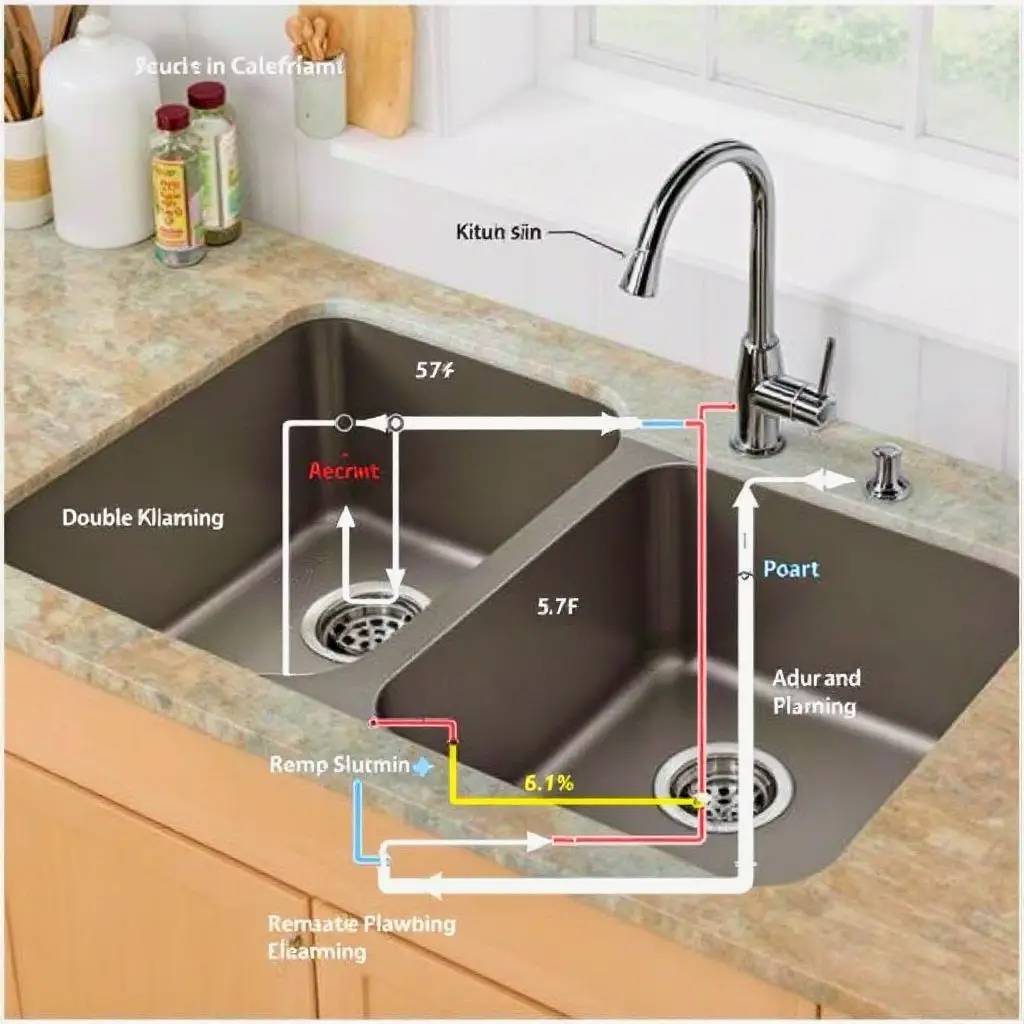
How to Read and Understand the Diagram
Reading the plumbing diagram is simple if you break it down. Start with the sink basins. Each sink has its drain pipe and trap, which guide water away from the sink. The diagram shows how water flows through these pipes to the main sewer line. You will also see the vent system, which keeps the drainage system working correctly by allowing air to flow freely.
Step-by-Step Diagram Walkthrough
- Sink 1: Drain Pipes and Trap Connection
The drain pipe for Sink 1 is connected to the trap. The trap prevents foul smells from entering your kitchen. The diagram shows how this pipe flows to the sewer line. - Sink 2: Drain Pipes and Trap Connection
Sink 2 works the same way. It has its own drain pipe and trap. Both sink pipes meet at a central point before connecting to the sewer. - How the Drain Pipes Connect to the Main Sewer Line
The drain pipes from both sinks come together and connect to the main sewer line. This allows wastewater to flow safely out of your home. - How the Vent System is Integrated
The vent system is an essential part of the diagram. It allows air into the pipes, helping water flow smoothly. Without a vent, your sinks might clog or drain slowly.
Best Practices for Installing Double Kitchen Sink Plumbing
Planning and Preparation for Installation
Installing a double kitchen sink requires careful planning. First, choose the correct location. Make sure it’s near your water supply lines and drainage. The sink should fit well in your kitchen layout, and the plumbing must be accessible for future maintenance.
Next, gather the tools and materials. You’ll need adjustable wrenches, pipe cutters, Teflon tape, PVC pipes, a P-trap, and a venting system. Make sure you have everything before starting the installation.
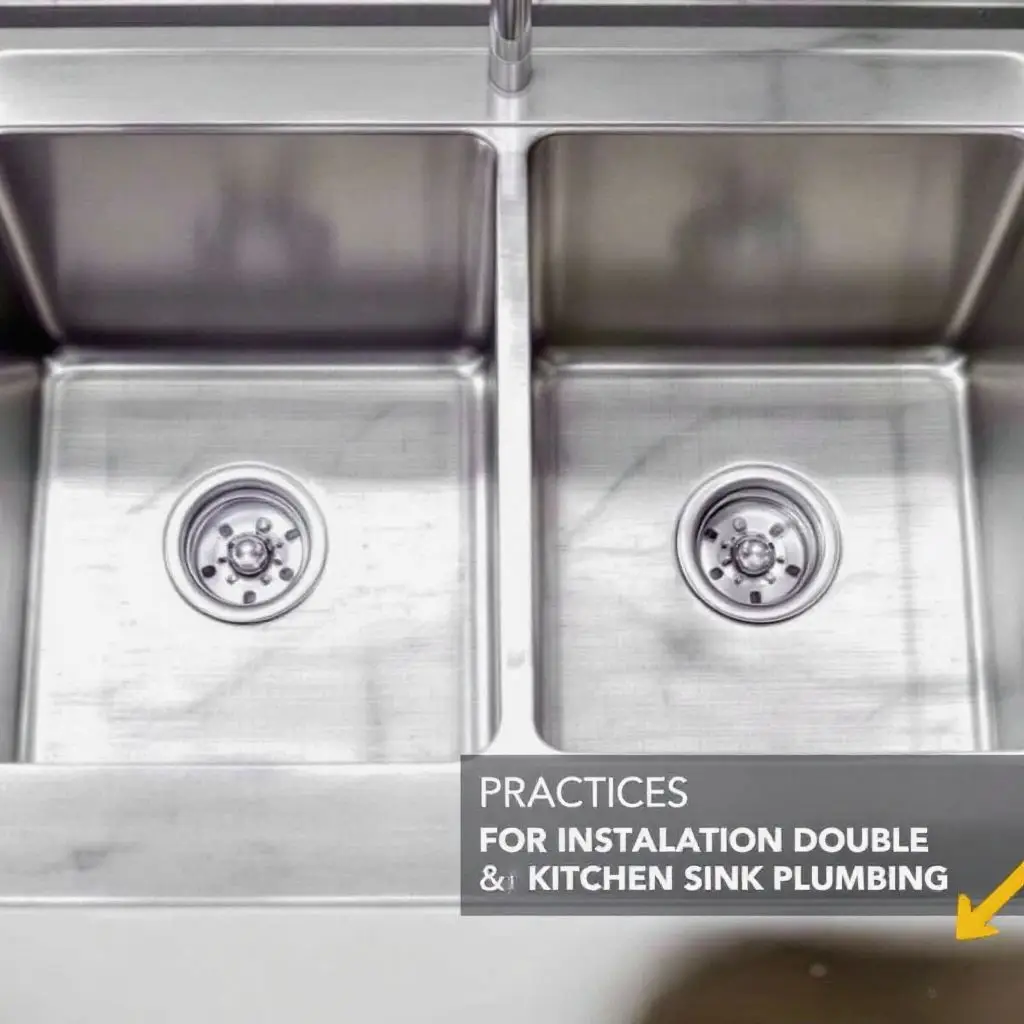
Installation Tips and Techniques
When it’s time to install the drain pipes, start by measuring everything carefully. Cut the pipes to the correct lengths and connect them securely. To prevent leaks, use Teflon tape on threaded connections.
Next, focus on the traps—the P-trap prevents terrible odors from rising through the pipes. Install the trap under the sink and ensure it’s tightly connected to the drain pipe. Double-check that there are no gaps where water can leak.
Proper venting is also crucial. Without proper venting, your sink could clog easily or drain slowly. Install a vent pipe to allow air to flow freely and prevent water from getting stuck. This will keep your sink draining smoothly.
Common Issues and Troubleshooting
Common Problems in Double Kitchen Sink Plumbing
Double kitchen sinks are great for multitasking but can have a few common issues. The most frequent problems are clogs and blockages. Food, grease, and debris can build up in the pipes, leading to slow drainage. Leaks at connection points are also common. Over time, seals and joints can wear out, causing water to leak. Finally, foul odors can develop due to food waste or stagnant water in the pipes.
How to Troubleshoot and Fix Common Problems
Clearing Drain Blockages in Double Sinks: If water drains slowly, the pipes might be clogged. Start by using a plunger. Try a drain snake or a homemade baking soda and vinegar solution if that doesn’t work. For tough blockages, a professional plumber may be needed.
Fixing Leaks and Preventing Future Leaks: Leaks usually happen at joints or pipe connections. To fix them, you can replace worn-out washers or tighten loose connections. For long-term prevention, regularly check and maintain the seals around the pipes.
How to Prevent and Remove Odors: Odors often come from food scraps stuck in the pipes. To prevent buildup, clean your drain regularly with hot water or vinegar. You can also use a garbage disposal to minimize waste that might cause smells.
Adjusting Water Flow and Pressure Issues: If the water flow is weak, check for clogged aerators or issues with your water supply lines. Sometimes, air in the pipes can cause pressure drops. If these simple fixes don’t help, a plumber can inspect the system for other underlying problems.
How to Troubleshoot and Fix Common Problems
Clearing Drain Blockages in Double Sinks
If your double sink is clogged, use a plunger or drain snake. For more challenging blockages, you might need a mixture of baking soda and vinegar to break down the gunk. Remember to flush with hot water afterward.
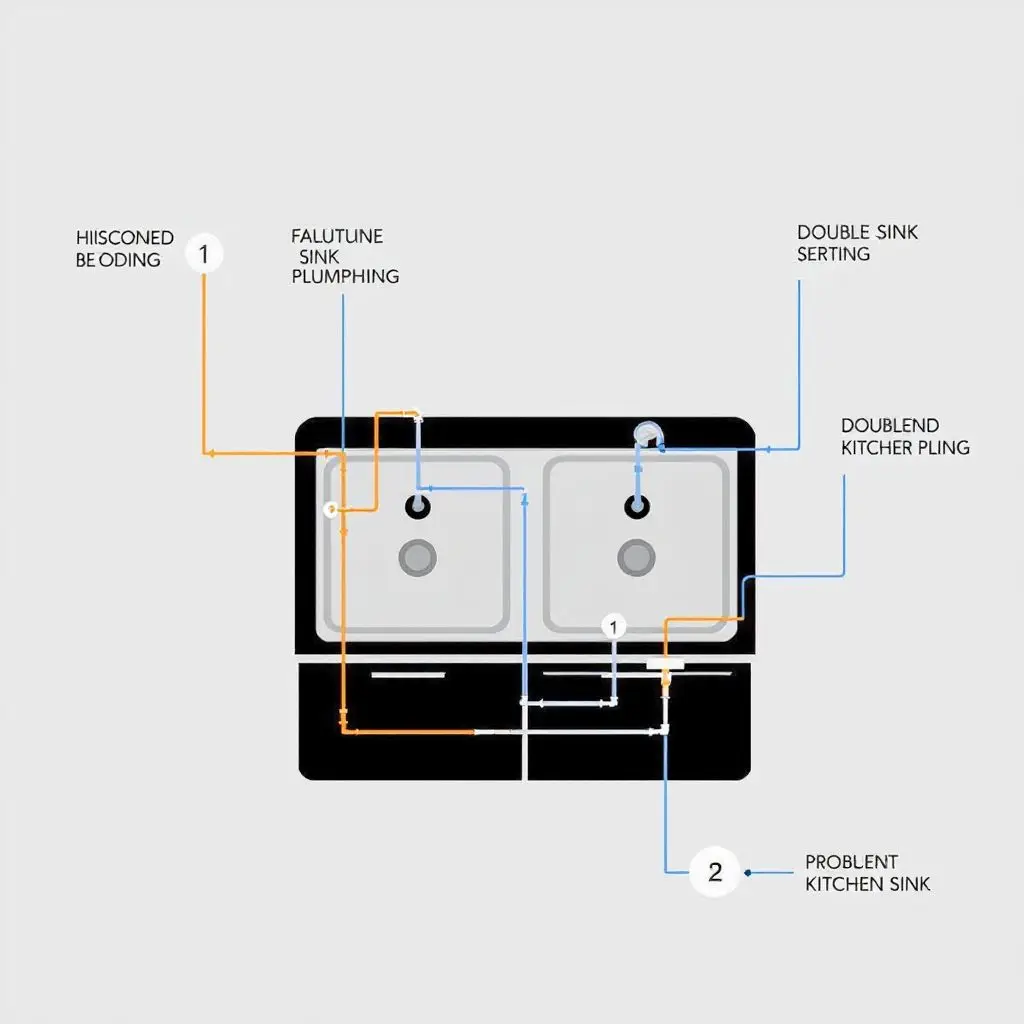
Fixing Leaks and Preventing Future Leaks
To fix leaks, check and tighten the pipe connections. If the pipes are old or cracked, they need to be replaced. Always use the plumber’s tape to ensure a proper seal.
How to Prevent and Remove Odors
To prevent odors, regularly clean your drains with baking soda and vinegar. This helps break down any grease and food particles stuck in the pipes. You can also use a drain strainer to catch debris before it goes down.
Adjusting Water Flow and Pressure Issues
If you notice low water pressure, clean the faucet aerators. Sometimes, mineral buildup can block the flow of water. If the issue is in the pipes, you may need to call a professional plumber.
Maintenance Tips for Double Kitchen Sink Plumbing
Taking care of your double kitchen sink plumbing can save you a lot of trouble. Here are some easy-to-follow tips to keep everything running smoothly.
Preventive Maintenance Tips
Regular Cleaning of Drain Pipes
One of the simplest ways to prevent clogs is to clean your drain pipes regularly. To remove buildup, use a mixture of baking soda and vinegar or a store-bought cleaner. Doing this once a month can help avoid blockages.
Checking for Wear and Tear on Plumbing Components
Inspect the plumbing components, such as pipes and traps, for any signs of damage or corrosion. Even small leaks can grow into more significant problems if ignored. Look out for damp spots, unusual sounds, or smells.
When to Call a Professional Plumber
Signs That You Need Professional Help
If you notice slow drainage, frequent clogs, or persistent foul odors, it might be time to call a plumber. These can be signs of deeper issues, such as a clog in the main line or a broken pipe.
Choosing a Qualified Plumber for Double Sink Plumbing Issues
When hiring a plumber, ensure they have experience with double kitchen sinks. Look for certifications and reviews from past customers. A qualified plumber will fix your issues and ensure your plumbing is set up correctly to avoid future problems.
Pros and Cons of Double Kitchen Sink Plumbing
Many homes choose double kitchen sinks, which offer benefits and challenges. Let’s examine the pros and cons of double kitchen sink plumbing.
Pros of Double Kitchen Sink Plumbing
- Increased Sink Capacity for Larger Kitchen Tasks
A double sink provides extra space. You can wash dishes in one basin and soak or rinse in the other, making multitasking easier and faster. - Enhanced Versatility (Washing, Soaking, and Rinsing Separately)
With two separate basins, you can perform different tasks simultaneously. This is helpful when preparing meals or cleaning up after a big dinner. - Better Drainage and Flow Control
Double sinks allow for better water flow. When one side is full or clogged, the other sink can still be used, reducing the chances of drainage problems.
Cons of Double Kitchen Sink Plumbing
- Higher Installation Costs
Double kitchen sinks are more expensive to install than single sinks. You’ll need extra pipes, drains, and traps, increasing material and labor costs. - Increased Complexity in Plumbing Maintenance
The plumbing is more complex, with double sinks, making maintenance trickier. Repairs might take longer and cost more than those of a single sink. - Space Constraints in Small Kitchens
While a double sink is practical, it requires more space. This could be a problem in smaller kitchens, making your workspace feel cramped.
Conclusion
To sum up, installing and maintaining double kitchen sink plumbing is essential for smooth kitchen operations. Proper plumbing ensures both sinks work efficiently, with separate drain pipes, traps, and water lines. Ensure your vent system is set up correctly to avoid clogs and odors. Regular maintenance, like cleaning drain pipes and checking for leaks, helps prevent future issues.
If you face persistent problems, such as stubborn blockages or complex leaks, it’s best to seek professional help. A plumber can ensure everything is installed correctly and avoid costly repairs later. Proper installation and care will keep your double sink plumbing in great shape for years.
Frequently Asked Questions (FAQs) about Double Kitchen Sink Plumbing Diagram
A double kitchen sink plumbing diagram illustrates the layout of pipes, traps, vents, and connections needed to install and maintain a double sink in a kitchen properly.
A plumbing diagram helps homeowners or plumbers understand how the components are connected, ensuring efficient drainage, preventing leaks, and solving potential plumbing issues.
Drain pipes channel wastewater from each basin to the sewer in a double kitchen sink in a double kitchen sink. Proper pipe sizing and alignment prevent clogs and ensure smooth drainage from both sinks.
The trap prevents foul odors from coming up through the drain. It holds water that blocks gases, allowing wastewater to flow smoothly from the sink to the sewer system.
The vent system allows air into the plumbing to maintain proper pressure, ensuring wastewater flows freely. It prevents the trap from losing water, thus avoiding unpleasant odors in the kitchen.
Common issues include clogs, leaks, and foul odors. Clogs often happen from grease buildup leaks at joints, and odors may arise if the vent or trap is improperly installed.
With basic plumbing knowledge, DIYers can install a double kitchen sink. However, following the diagram carefully and ensuring proper connections is essential to avoid plumbing issues later.
Related Posts
-
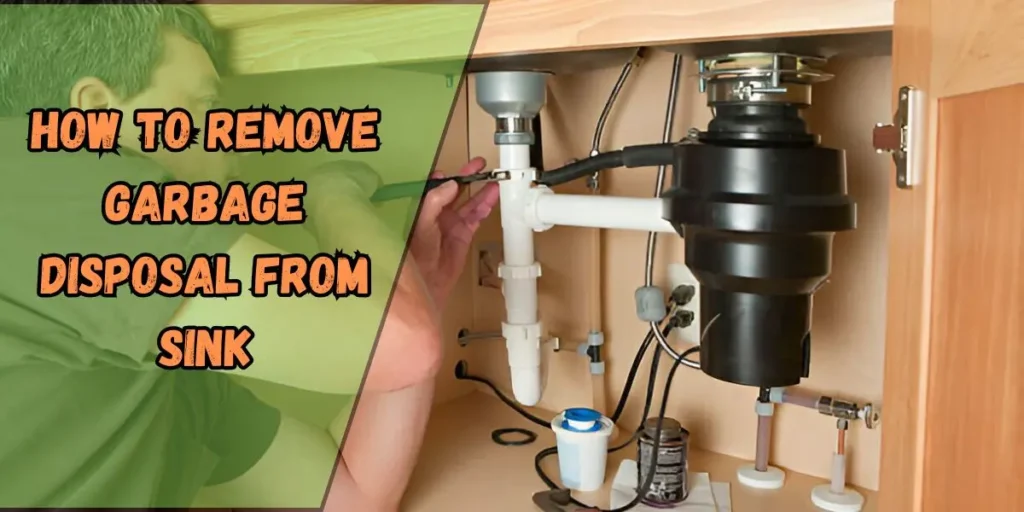 03 Jan 2025 SinkLearn How to Remove Garbage Disposal From Sink 2025
03 Jan 2025 SinkLearn How to Remove Garbage Disposal From Sink 2025 -
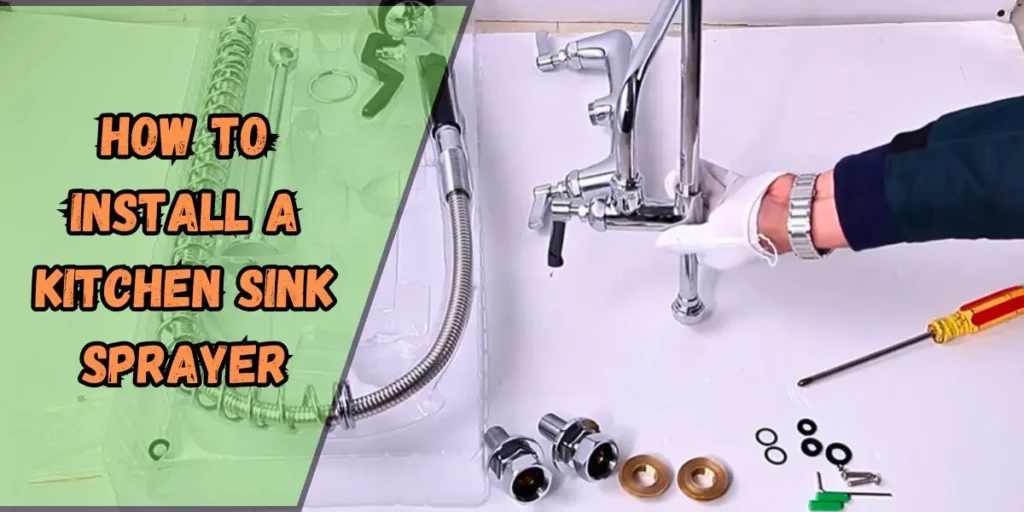 03 Jan 2025 SinkHow to Install a Kitchen Sink Sprayer in Simple Steps 2025
03 Jan 2025 SinkHow to Install a Kitchen Sink Sprayer in Simple Steps 2025 -
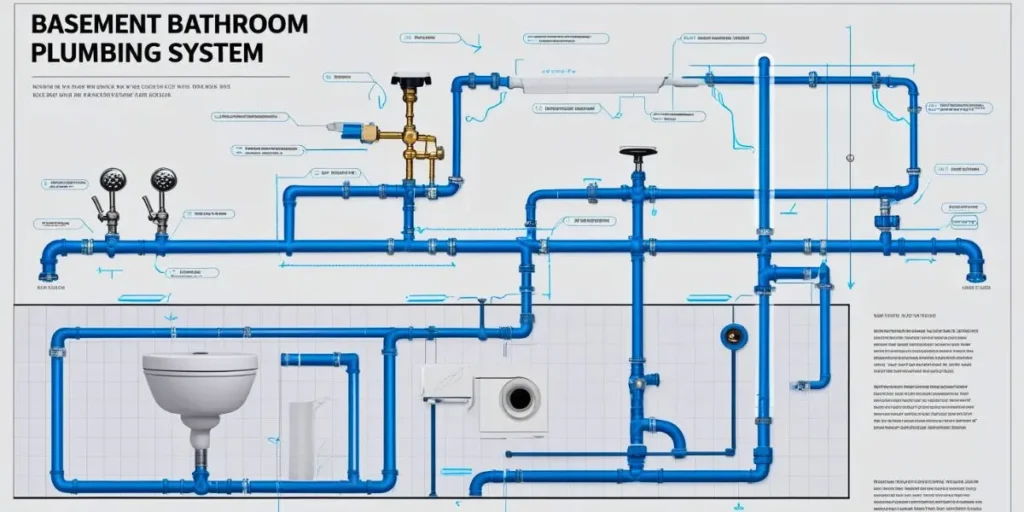 30 Dec 2024 RemodelSimple & Effective: Basement Bathroom Plumbing Diagram
30 Dec 2024 RemodelSimple & Effective: Basement Bathroom Plumbing Diagram -
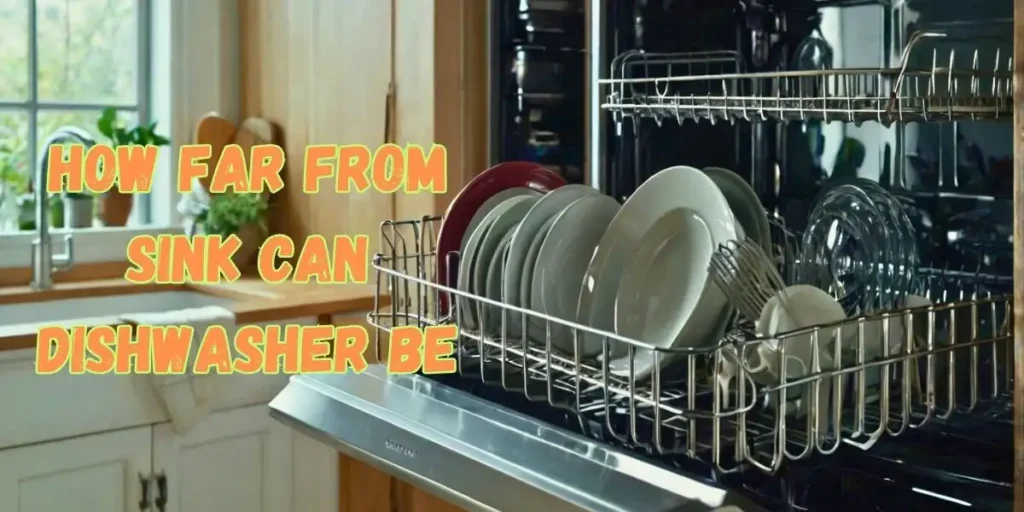 30 Dec 2024 SinkHow Far from Sink Can Dishwasher Be? Key Facts Explained
30 Dec 2024 SinkHow Far from Sink Can Dishwasher Be? Key Facts Explained -
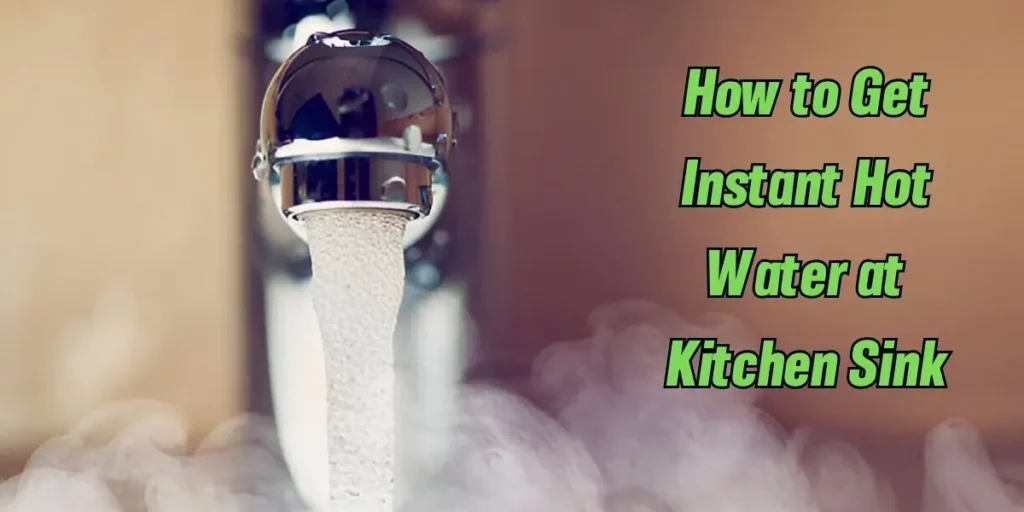 29 Dec 2024 SinkHow to Get Instant Hot Water at Kitchen Sink
29 Dec 2024 SinkHow to Get Instant Hot Water at Kitchen Sink -
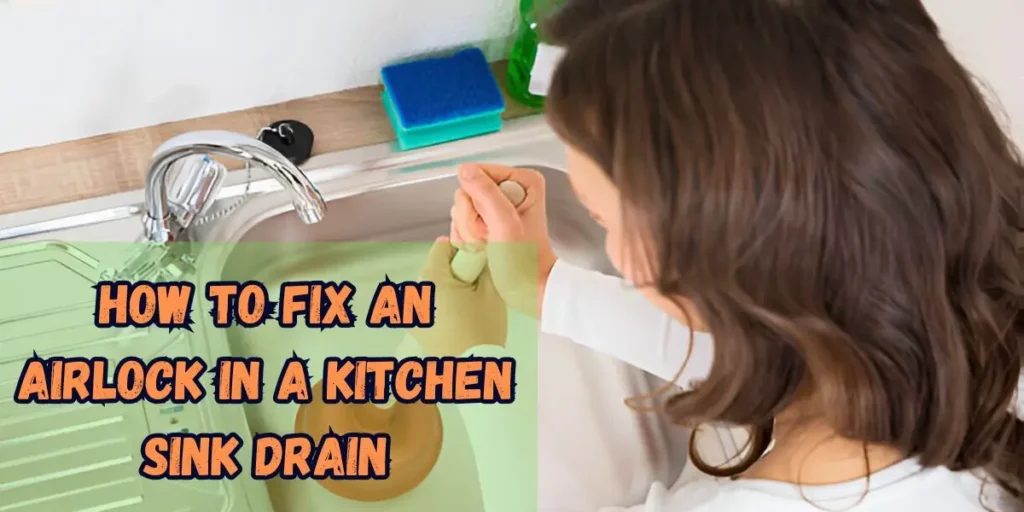 28 Dec 2024 SinkHow to Fix an Airlock in a Kitchen Sink Drain: A Step-by-Step Guide
28 Dec 2024 SinkHow to Fix an Airlock in a Kitchen Sink Drain: A Step-by-Step Guide -
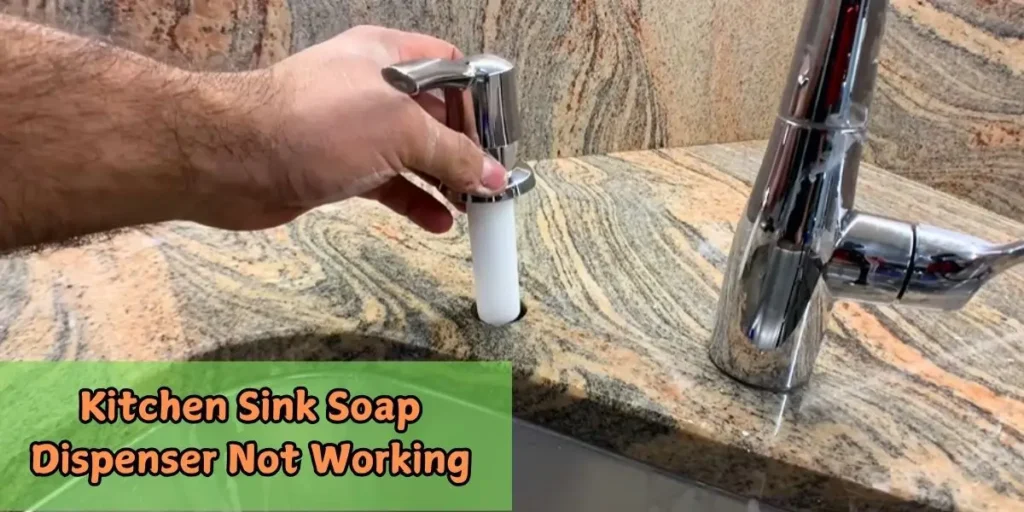 27 Dec 2024 SinkKitchen Sink Soap Dispenser Not Working? Here’s How to Fix It
27 Dec 2024 SinkKitchen Sink Soap Dispenser Not Working? Here’s How to Fix It -
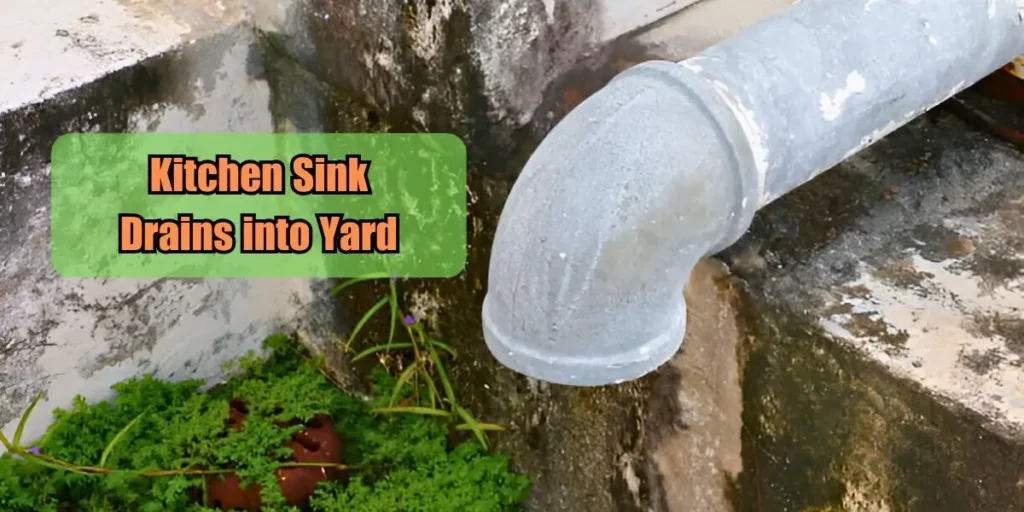 26 Dec 2024 SinkKitchen Sink Drains into Yard: Causes, Solutions
26 Dec 2024 SinkKitchen Sink Drains into Yard: Causes, Solutions -
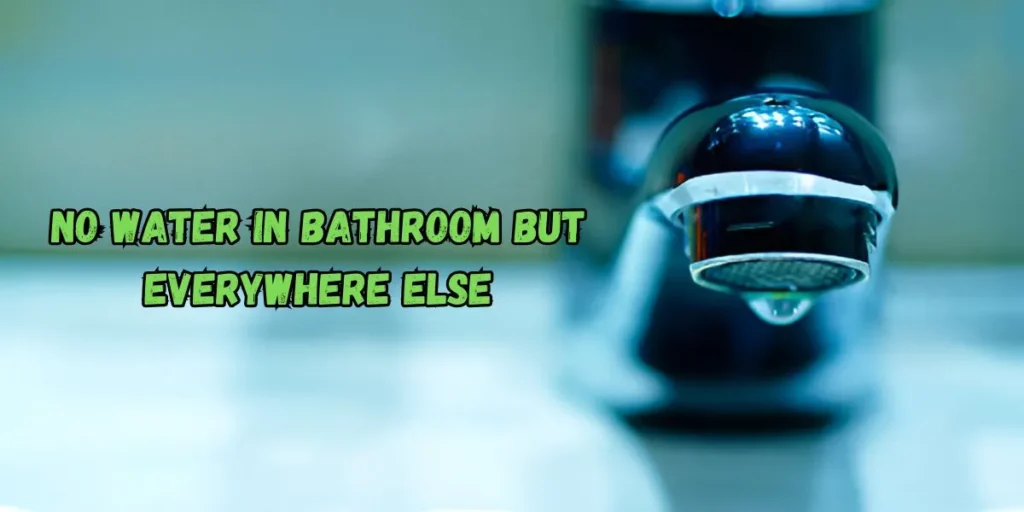 26 Dec 2024 SinkNo Water in Bathroom but Everywhere Else: Expert's Solutions
26 Dec 2024 SinkNo Water in Bathroom but Everywhere Else: Expert's Solutions -
 26 Dec 2024 SinkDouble Kitchen Sink Plumbing Diagram: A Visual Guide
26 Dec 2024 SinkDouble Kitchen Sink Plumbing Diagram: A Visual Guide

